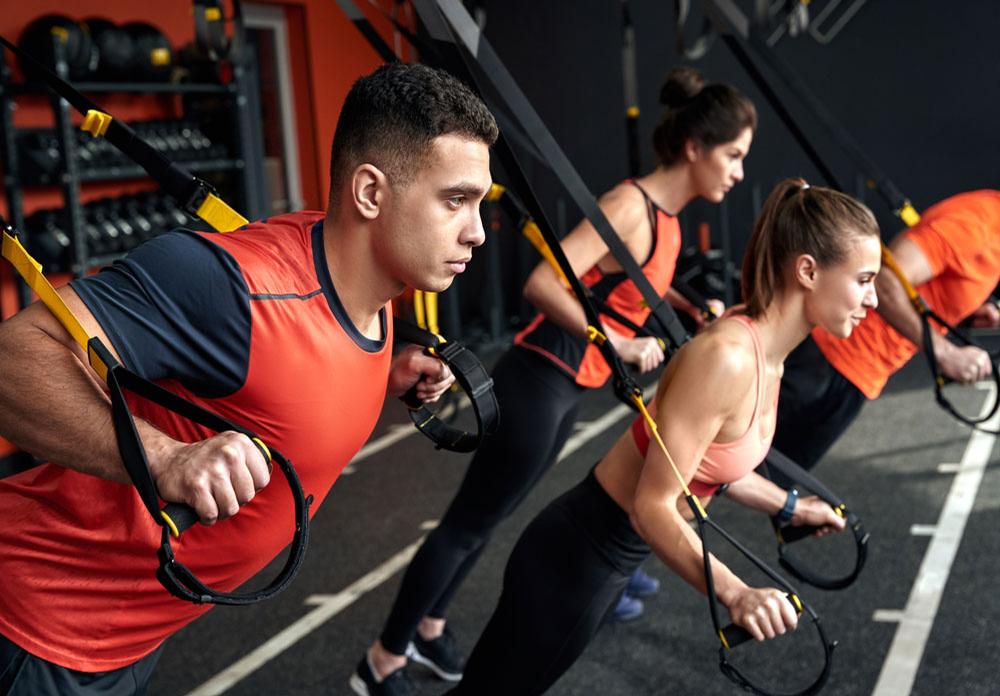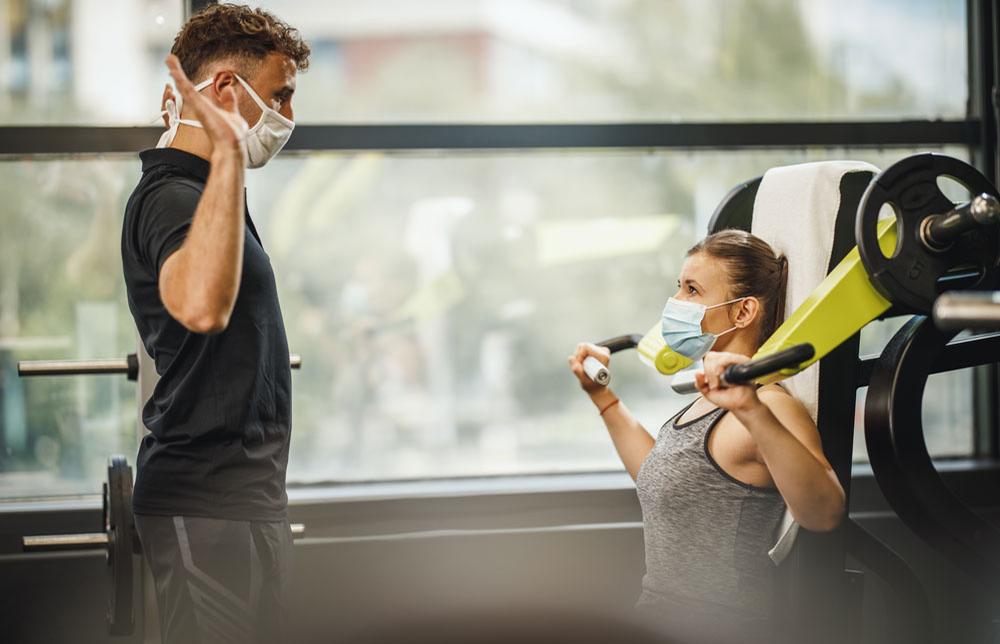Pacing the gym floor like a headteacher and chastising anyone who has forgotten about social distancing is anathema to how the majority of operators would want to treat their members, but according to Paul Roberts, CEO of sentiment analysts, MyCustomerLens, this is going to be absolutely crucial from day one of gyms opening. He warns that unless fitness staff are empowered to go beyond their comfort zones, to make sure COVID-safe rules are adhered to, health clubs risk losing members, trust and credibility.
“Our analysis shows that one of the value drivers around current consumer behaviour is trust,” Roberts explains. “As they go back to their clubs, members will be expecting the gym to have COVID-safe measures put in place and in order to build and retain their trust it’s crucial these rules are policed. Staff need to step in if members aren’t acting as they should be. If you let it ride once, then that will be it - you’ll have lost the credibility and won’t get it back.”
Roberts stresses this hardline approach will be paramount. Operators will need to risk losing the membership of the rule breaker in order to save multiple memberships of those quiet, possibly anxious, people who observe it happening and vote with their feet when they decide the gym isn’t upholding the rules put in place to make them safe.
Avoiding a scene
“A PT might not want to get involved with an altercation because they want to have a friendly relationship with everyone and not create a scene, but clubs absolutely need to take a zero-tolerance approach to those who don’t follow the rules and be prepared to lose members,” says Roberts. “Creating that line in the sand which shows you are willing to put safety over profits is important.”
The social media debates about the gym rules and how they’re enforced will also have more impact than announcements broadcast by gyms about their new protocols, he says “Clubs need people to be saying on social media that they’re strict with the rules and you’ll get turned away if you arrive without a mask,” says Roberts. “They don’t want people to be saying they went to the gym and people weren’t social distancing.”
Loss of trust in people
It’s undoubtedly an awkward intervention to make. Over the past year, we’ve probably all had the experience of seeing a COVID denier getting argumentative when politely confronted by a member of staff for not wearing a mask or not standing on the correct dot while queueing.
“People who break the rules know they’re doing it, that they don’t have an excuse and therefore can be defensive or even aggressive,” says Roberts. “It’s understandable that gym floor staff are going to shy away from making a scene, nonetheless they will have to do this in order to reinforce the fact the health club is a trusted and safe space.”
During lockdowns, although we may have missed human contact, we’ve also become fearful of being put at risk by others. MyCustomerLens research for Sport England showed that although people were eager to get back to their sports clubs, citing seeing their friends as one of the things they were most looking forward to, one of the barriers was about people not sticking to the rules.
“On the one hand people were saying they were excited about seeing their friends, but on the other, they were fearful that these people, who they class as friends, wouldn’t follow the rules,” says Roberts. “As gyms tend to be much more transactional than sports clubs and people are less familiar with each other, we can expect that mistrust of others to be even more marked in gyms when compared to sports clubs.”
Expectation versus reality
Community is another theme coming up in the MyCustomerLens analysis, with many gym members excited about getting back into a social environment to exercise alongside others after so long flying solo. However, Roberts cautions there may need to be some expectation management and operators may have to steel themselves for some negativity.
“For some people, it might be a kids’ Christmas experience,” says Roberts. “Where people build their hopes up so high about going back to the gym that the reality doesn’t live up to expectations, particularly when people realise the experience is not what it used to be because of social distancing and reduced capacity. Once people start paying their memberships again expectations will rise and some may even experience buyers’ remorse.”
Avoiding frustrations
The restricted capacity will likely lead to some frustration if members experience trouble booking into classes. Roberts suggests monitoring waiting lists and if someone keeps missing out on getting into a class to manually book them in before they complain, or worse, leave.
“We’re constantly seeing on leavers’ surveys that people leave because they were frustrated about not being able to book into a class,” he says. “When memberships are unfrozen, operators will need to make sure they are adding value and offering convenience, otherwise people might revert to their lockdown habits.”
Empathetic messaging
He also calls for booking systems to show empathy in the messaging instead of being purely functional. “All too often booking systems are designed by IT people for IT people, rather by members for members,” he says. “So although they work, it can be demoralising to receive a blunt message saying you’ve missed out on booking into a class. There needs to be some empathy in the messaging.”
He goes on to say there is frequently a disconnect between how some operators think they communicate and how members perceive the communication. “It frequently came up in our research for community leisure trusts that they considered their communications to be good because they had factually broadcast what was happening. But members viewed it differently when they couldn’t get hold of anyone to get their questions answered.”
After a long winter of lockdown, the prospect of society opening up again is exciting to most but will be intimidating to some, especially those who’ve been shielding, so we can expect a few bumps in the road as we come blinking into the daylight and get used to functioning as a community again, under the new normal rules.



























































